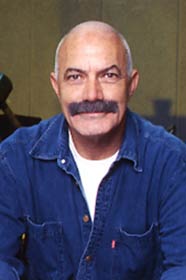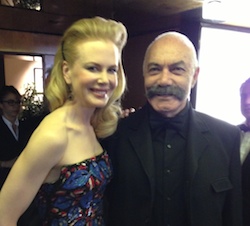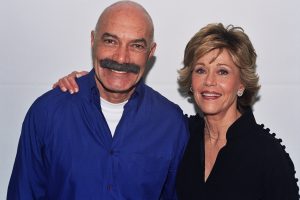Hugely popular at the box-office, The Man in the Gray Flannel Suit was more significant as an historical and sociological phenomenon than as an artistic work.
| The Man in the Gray Flannel Suit | |
|---|---|

1956 Movie Poster
|
|
Like the novel on which it was based, the movie was very popular, cashing in on Gregory Peck’s stature as an actor and, more importantly, on a timely subject matter.
The film’s hero, Tom Rath, is a young World War II veteran trying to balance his marriage and family life with the demands of a new job while dealing with the aftereffects of his military.
Set a decade after WWII, the tale introduces Tom in suburban Connecticut, where he lives with wife Betsy (Jennifer Jones) and three children. He’s struggling supporting his family on his pay as a writer for nonprofit organization.
Tom is also dealing with flashbacks from his combat service as an Army Captain in both the European and Pacific theaters, involving an accident in which he killed his best friend.
He recalls the Italian girl named Maria (Marisa Pavan), with whom he had a brief but heartfelt affair in Italy despite being involved with Betsy at the time. Before he left Maria, she told him that she was pregnant and planned to keep the baby.
When inheritance from Tom’s recently deceased grandmother turns out to have been depleted, leaving only her unsaleable mansion, Betsy pressures Tom to seek a higher-paying job. Tom applies for a job in public relations at TV network UBC. he refuses to write his autobiography as part of the interview process, but gets hired.
Tom helps network president Ralph Hopkins (Fredric March), a powerful exec, launch a national mental health campaign. Uunbeknownst to his employees, Hopkins’ workaholic habits have caused estrangement from his wife and rebellious daughter, who soon elopes with an unsuitable man.
“The Monthly Film Bulletin critic wrote: “As a sociological document, a particular view of the contemporary American middle-class scene, the film is uneasily fascinating. Otherwise, this is a characteristic best-seller adaptation, over-long, over-loaded with ‘production values’, padded out with flashbacks to the war years, and efficiently impersonal in its approach.”
The historian Robert Schultz argues that the film and the novel are cultural representations of what President Adlai Stevenson had described in 1955 as a “crisis in the western world”, “collectivism colliding with individualism,” the collective demands of corporate organizations against traditional roles of spouse and parent. That increased corporate organization of society, Schultz notes, reduced white-collar workers’ (represented by Tom Rath and the other gray-suited “yes men”) control over what they did ,and how they did it as they adapted to the “organized system.”
The film’s ideology was very much in line with major social critiques published at the time by such scholars as Paul Goodman, C. Wright Mills, and William H. Whyte, Jr.
Credits:
Directed by Nunnally Johnson
Screenplay by Nunnally Johnson, based on The Man in the Gray Flannel Suit, 1955 novel by Sloan Wilson
Produced by Darryl F. Zanuck
Cinematography Charles G. Clarke
Edited by Dorothy Spencer
Music by Bernard Herrmann
Production company: 20th Century Fox
Distributed by 20th Century Fox
Release date: April 12, 1956
Running time: 153 minutes
Budget $2,670,000
Box office $4,350,000 (US rentals)










